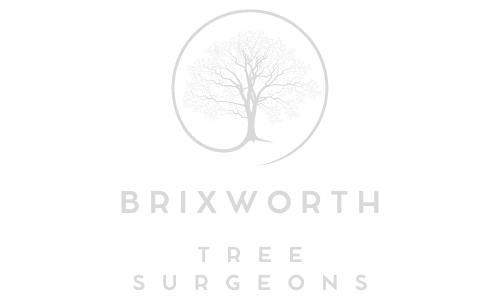Tree Felling vs. Tree Removal: Understanding the Key Differences and Considerations
In arboriculture, “tree felling” and “tree removal” are often used interchangeably, but they refer to distinct processes with different techniques and considerations. Whether you’re a property owner needing tree services or an arborist looking to expand your knowledge, understanding the differences between tree felling and tree removal is essential for making informed decisions and ensuring successful outcomes. Join us as we explore the key differences and considerations between tree felling and tree removal, shedding light on these fundamental practices in tree care.
Defining Tree Felling and Tree Removal:
- Tree Felling: Tree felling refers specifically to the process of cutting down a tree in a controlled manner, typically for reasons such as hazard mitigation, land clearing, or resource extraction. Arborists use specialised techniques and equipment to guide the direction of the tree’s fall and ensure the safety of surrounding structures, vegetation, and personnel.
- Tree Removal: Tree removal, on the other hand, encompasses a broader range of activities related to removing trees from a specific location. While tree felling is a component of tree removal, it also includes additional tasks such as stump grinding, debris removal, and site cleanup. Tree removal may be necessary for disease management, property development, or aesthetic improvement.
Key Differences Between Tree Felling and Tree Removal:
- Scope of Work: Tree felling focuses primarily on cutting down the tree itself, whereas tree removal encompasses a broader scope of activities, including stump removal, debris cleanup, and site restoration.
- Techniques and Equipment: Tree felling requires specialised techniques and equipment to safely guide the tree’s fall and minimise risks to surrounding structures and vegetation. Tree removal may involve additional equipment such as stump grinders, chippers, and cranes to efficiently remove and dispose of tree debris.
- Purpose and Goals: Tree felling typically removes a specific tree or trees from a site, whereas tree removal may be part of a larger project with multiple objectives, such as site development, landscape renovation, or hazard mitigation.
Considerations for Tree Felling and Tree Removal:
- Safety: Safety is paramount in both tree felling and tree removal operations. Arborists must adhere to strict safety protocols and guidelines to prevent accidents, injuries, and property damage.
- Environmental Impact: The environmental impact of tree felling and removal, including the preservation of habitat, biodiversity, and ecosystem services, must be considered. Arborists should strive to minimise disruption to surrounding vegetation and wildlife and implement sustainable practices for tree removal and site restoration.
- Regulatory Compliance: Compliance with local regulations, ordinances, and permit requirements is essential for tree felling and removal projects. Arborists must obtain necessary permits and approvals from relevant authorities and ensure their activities comply with environmental, zoning, and safety regulations.
- Client Expectations: Understanding client needs and expectations is crucial for successful tree felling and removal projects. Arborists should communicate effectively with clients to determine project goals, timelines, and budget constraints and provide tailored solutions that meet their requirements.
Conclusion: While tree felling and removal are closely related practices, they encompass distinct processes, techniques, and considerations. Whether you’re facing a hazardous tree situation or planning a large-scale landscaping project, understanding the differences between tree felling and tree removal is essential for achieving your goals safely, efficiently, and responsibly.
Call us on: 01604 279 593
Click here to find out more about Brixworth Tree Surgeons
Click here to complete our contact form and see how we can help with your tree’s need.

